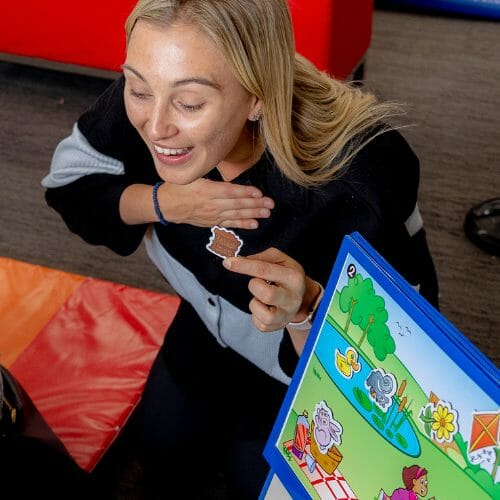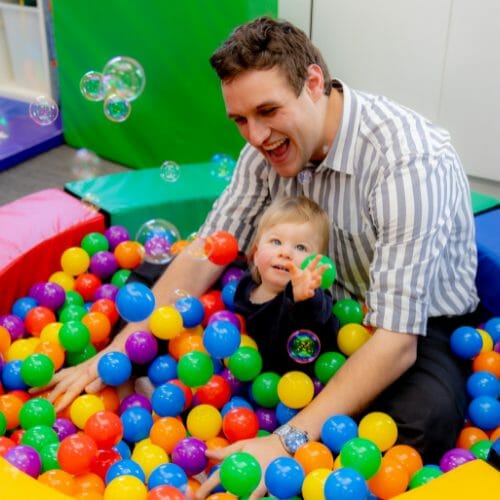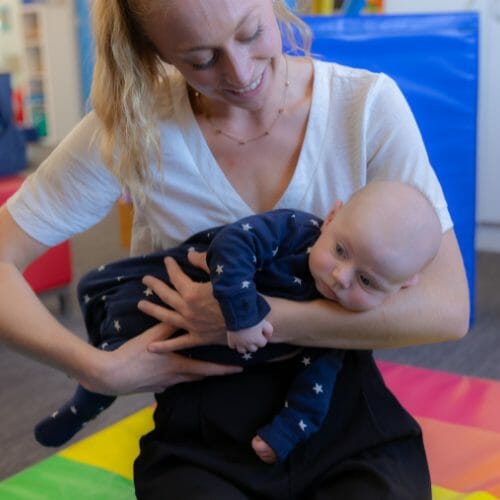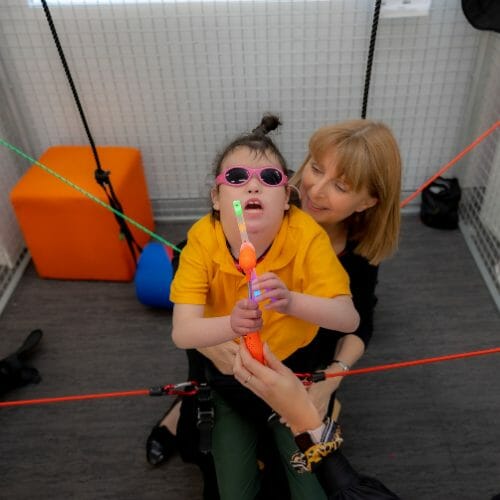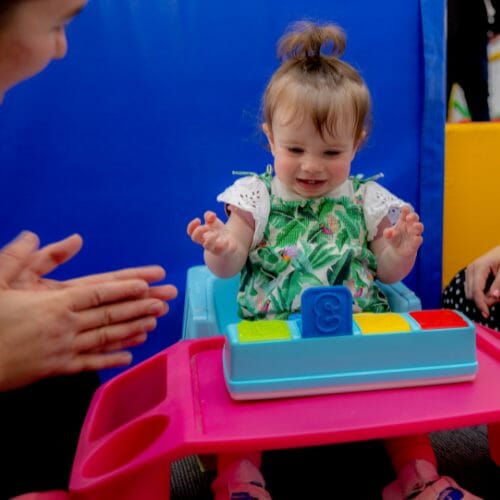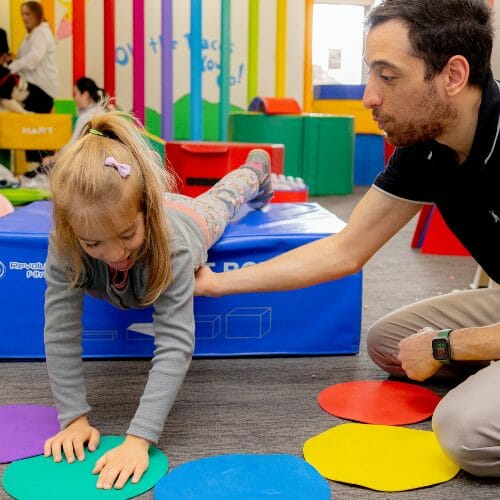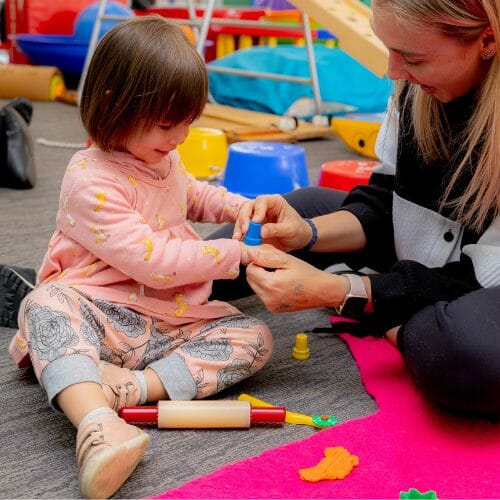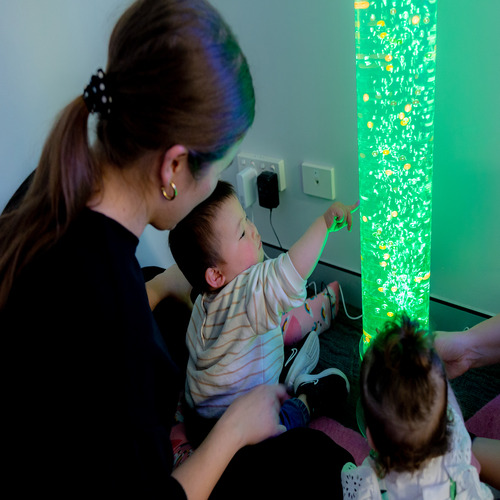Plagiocephaly
Plagiocephaly – misshapen head
Pronounced: Play-gee-o-kef-a-lee
What is it?
Plagiocephaly is the most common craniofacial problem today. Deformational plagiocephaly, also known as positional plagiocephaly, means a misshapen or uneven (asymmetrical) head shape. Plagiocephaly does not affect the development of a baby’s brain, but if not treated it may change their physical appearance by causing uneven growth of their face and head.
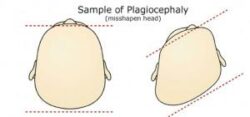
Signs and Symptoms
It is common for a newborn baby to have an unusual head shape. This can be caused by the position of the baby in the uterus during pregnancy or can happen during birth. Your baby’s head should go back to a normal shape within about six weeks after birth. Sometimes a baby’s head does not return to a normal shape and the baby may have developed a flattened spot at the back or side of the head. This condition is known as deformational plagiocephaly.
Causes
The bones of a newborn baby’s head are thin and flexible so the head is soft and may change shape easily. Flattening of the head in one area may happen if a baby lies with its head in the same position for a long time.
If you have concerns about your baby’s head shape or if you notice that your baby only turns their head to one side when lying on their back, contact your local GP, community nurse, or paediatric physiotherapist.
How Therapies for Kids can help
The Physiotherapists at Therapies for Kids are experienced at treating children with Plagiocephaly. Our physiotherapists provide:
- Assessment of your child's head shape
- Assessment of your child's vision (visual tracking skills)
- Assist with maintaining a full range of movement in your child's neck
- Education on positional treatment techniques
- Techniques to encourage the development of gross motor skills to allow your child a variety of positions to play in and thus decrease the time they are on their backs
What you can do
A baby’s head position needs to be varied during sleep and awake periods. There are some simple things you can do to help prevent your baby from developing deformational plagiocephaly:
- Sleep time: A baby must always be placed on their back to sleep to reduce the risk of SIDS (Sudden Infant Death Syndrome/Cot Death). However, it is important to vary the position of your baby's head by alternating its position between the left and right sides each time they sleep.
- Sleep position: Place your baby at alternate ends of the cot to sleep, or change the position of the cot in the room. Babies look at fixed objects like windows or wall murals. Changing their cot position will encourage them to look at different angles.
- Playtime: Place your baby on their tummy or side to play when awake. You can also change the position of toys that your baby likes to look at.
Vary the holding and carrying positions of your baby. For example, use a sling, hold upright for cuddles, carry your baby over your arm on their tummy or side.
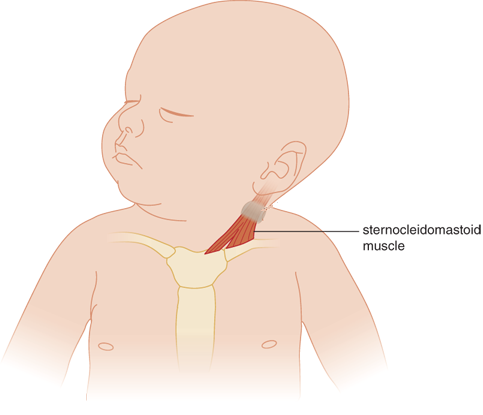
What is Torticollis?
Torticollis means twisted neck and if a child has this condition, their head will be tilted to one side while their chin is turned to the other side. When a baby is born with this condition it is called congenital torticollis. About 1 in 250 babies are born with torticollis.
What causes Congenital Torticollis?
Congenital torticollis is most commonly caused by tightness in the muscle that connects the breastbone and collarbone to the skull. This muscle is called the sternocleidomastoid muscle. Congenital torticollis is usually diagnosed within the first two months of life. Babies with torticollis may develop positional plagiocephaly because they sleep with their head turned to one side.
How Therapies for Kids can help
Your physiotherapist may:
- Assist with advice on infant positioning in sleep, play, and throughout the day
- Provide hands-on strengthening and stretching techniques
- Give advice on age-appropriate play-based activities for strengthening
- Use techniques to facilitate muscle activation
- Provide and demonstrate a home programme
What you can do
You can carry out the home programme given by your physiotherapist. In addition, you can adapt the positions your baby uses during the day when awake and provide maximal tummy time when awake
Our Services
Intensive Therapy Programs
Intensive Therapy Programs
Physiotherapy
Physiotherapy
Occupational Therapy
Occupational Therapy
Speech Language Pathology
Speech Language Pathology
Exercise Physiology
Exercise Physiology
DMI Therapy
DMI Therapy
Suiting
Suiting
Telehealth
Telehealth
New to Therapies For Kids? Start your journey
Talk to our team now
Request a call back
We are here to help
